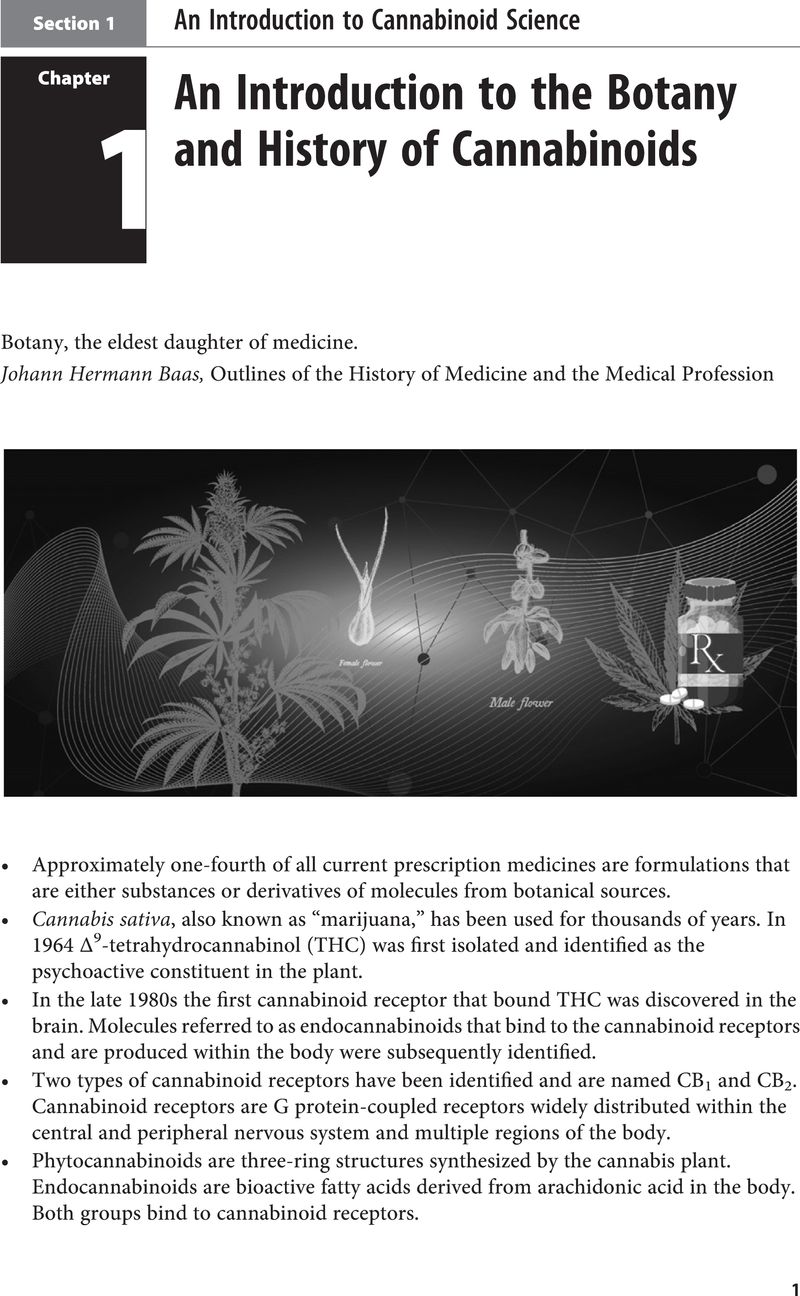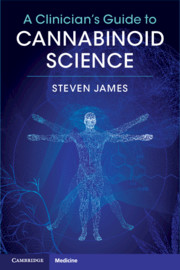Section 1 - An Introduction to Cannabinoid Science
Published online by Cambridge University Press: 12 October 2020
Summary

- Type
- Chapter
- Information
- A Clinician's Guide to Cannabinoid Science , pp. 1 - 69Publisher: Cambridge University PressPrint publication year: 2020



